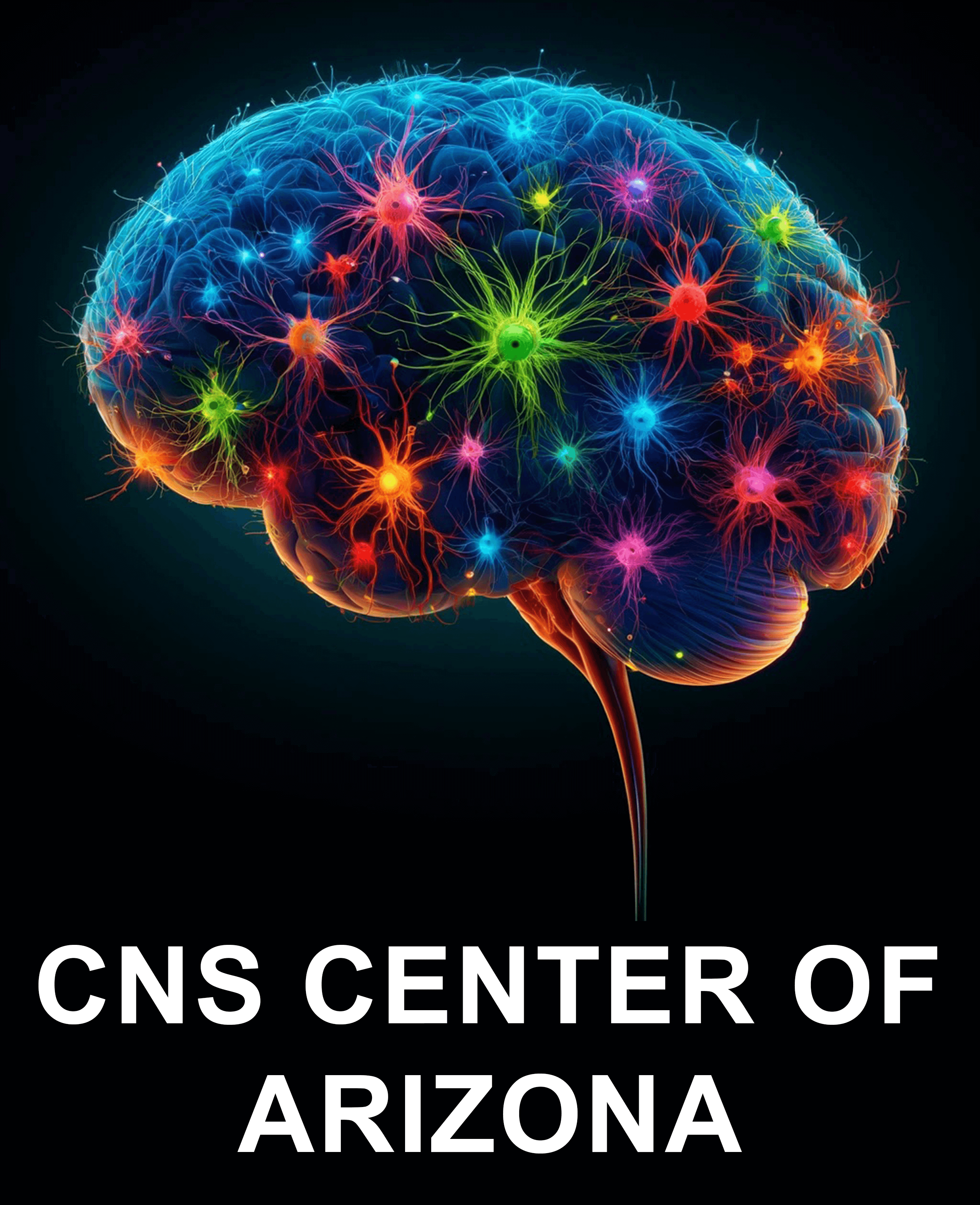 Climbing a tree and balancing on a beam can dramatically improve cognitive skills, according to a study recently conducted by researchers in the Department of Psychology at the University of North Florida (UNF).
Climbing a tree and balancing on a beam can dramatically improve cognitive skills, according to a study recently conducted by researchers in the Department of Psychology at the University of North Florida (UNF).
“This research suggests that by doing activities that make us think, we can exercise our brains as well as our bodies,” said Ross Alloway, a research associate at UNF, who along with Tracy Alloway, an associate professor at the university, led the study. “This research has wide-ranging implications for everyone from kids to adults. By taking a break to do activities that are unpredictable and require us to consciously adapt our movements, we can boost our working memory to perform better in the classroom and the boardroom.”
The Alloways’ research project, titled “The Working Memory Benefits Of Proprioceptively Demanding Training: A Pilot Study,” is the first to show that proprioceptively dynamic activities, like climbing a tree, done over a short period of time have dramatic working memory benefits. The the study was undertaken to see if proprioceptive activities completed over a short period of time can enhance working memory performance. Proprioception, the awareness of body positioning and orientation, is associated with working memory. Working memory, the active processing of information, in turn is linked to performance in a wide variety of contexts from grades to sports. The study also sought to ascertain whether an acute and highly intensive period of exercise would yield working memory gains.
For purposes of the study, the UNF researchers recruited adults ages 18 to 59 and tested their working memory. Next, they undertook proprioceptively dynamic activities, designed by the company Movnat, which required proprioception and at least one other element, such as locomotion or route planning. In the study, such activities included climbing trees, walking and crawling on a beam approximately 3 inches wide, moving while paying attention to posture, running barefoot, navigating over, under and around obstacles, as well as lifting and carrying awkwardly weighted objects. After two hours, participants were tested again, and researchers found that their working memory capacity had increased by 50 percent, a dramatic improvement.
The researchers also tested two control groups – one was a college class learning new information in a lecture setting to see if learning new information improved working memory while the other was a yoga class to see if static proprioceptive activities were cognitively beneficial. The Alloways found that neither control group experienced working memory benefits.
The results of the Alloways’ research, recently published in Perceptual and Motor Skills, suggest working memory improvements can be made in just a couple of hours of these physical exercises. “Improving working memory can have a beneficial effect on so many areas in our life, and it’s exciting to see that proprioceptive activities can enhance it in such a short period of time,” said Tracy Allow.
“One possible reason that the training yielded significant working memory gains could be that the training was proprioceptively dynamic, requiring proprioception and at least one other factor-such as locomotion or navigation-at the same time, which may have contributed to the improvements in working memory performance,” the report states. Proprioceptively dynamic training may place a greater demand on working memory than either control condition because as environment and terrain changes, the individual recruits working memory to update information to adapt appropriately. Though the yoga control group also engaged in proprioceptive activities that required awareness of body position, it was relatively static as they performed the yoga postures in a small space, which didn’t allow for locomotion or navigation.





